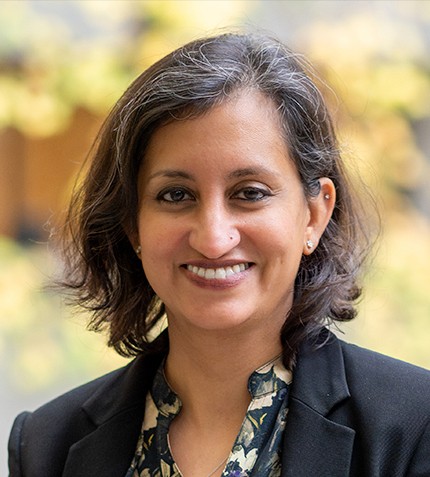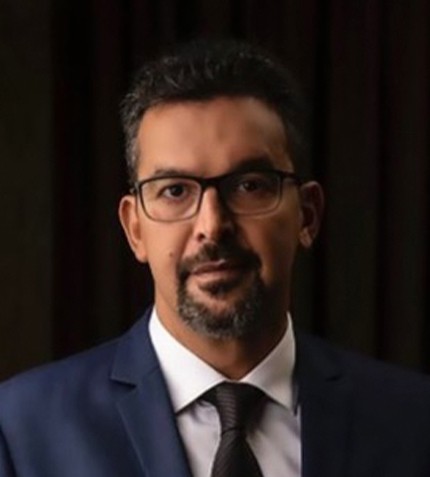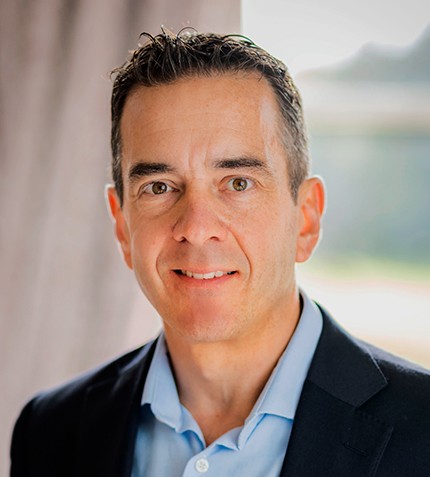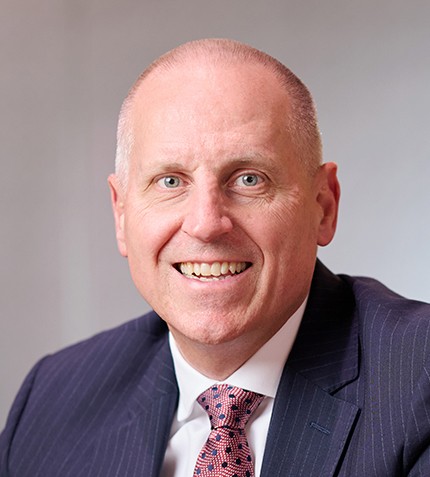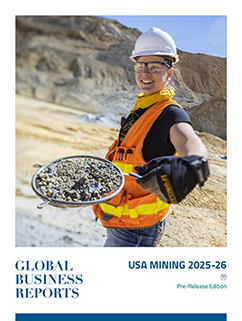
"Resolution Copper has the potential to be a nation-building project on a regional scale, creating a stable base industry that keeps families rooted in their communities."
Vicky Peacey
PRESIDENT AND GENERAL MANAGER, RESOLUTION COPPER
What have been some key developments for Resolution Copper in recent months?
In April 2025, the White House designated the Resolution Copper project as part of the Federal Permitting Improvement Steering Council’s list of Critical Mineral transparency projects. Then, in June 2025, we reached a major strategic milestone when the Forest Service reissued the final EIS. And most recently in August 2025, the USGS proposed that copper be listed as a critical mineral, citing its essential role in electrification, infrastructure and national defense.
How is Resolution Copper addressing safety, environmental stewardship and community support?
Safety is at the heart of everything we do, and that recognition reflects the culture our 400 employees live every day. That is why winning the Rocky Mountain Mining Institute’s safety award for the fourth year in a row is one of the achievements we are most proud of. Reclamation is another priority. The Copper Triangle has seen over a century of mining, and we have invested around US$75 million in the past decade restoring old sites by reshaping landforms, replanting native vegetation, and repairing historic impacts.
Finally, there is our work in the community. We have partnered with local schools. We have a US$900,000 agreement with the Superior Unified School District to help strengthen STEM programs. Additionally, we provide a US$750,000 grant to Boyce Thompson Arboretum, one of the top botanical gardens in the country. The funding will expand education and nature programs that inspire kids across the Copper Corridor.
Could you explain how the community contributed to the co-design of the project?
Resolution Copper has been shaped by collaboration, and from the very beginning, six nearby communities and 11 Native American tribes worked to redesign the project. A great example is the Tribal Monitor Program, where tribal representatives joined us in the field to identify cultural sites, natural springs, and traditional plant areas across all project alternatives. With their input, we relocated pipelines, buildings, and processing facilities, avoiding hundreds of ancestral sites, cultural properties, and sensitive environmental areas.
What does it mean for the industry that the USGS has proposed adding copper to the critical minerals list?
It is a significant step because it demonstrates that the administration acknowledges the chronic copper deficit in the US. Once home to nearly 80 copper mines, the US now has only a handful left. With grades declining and roughly half of domestic demand met through imports, new projects like Resolution are vital to restoring supply and bringing production back home. One of the biggest challenges we face is not just building mines, but also rebuilding the mining workforce. Many experienced people in the industry have retired, and we have not replaced that talent.
How will technology contribute to making mining safer and more sustainable?
Technology is driving the future of mining, and both Rio Tinto and BHP are investing heavily to push the limits, especially in water recycling.
On the other hand, AI and machine learning are game changers, as they help us better predict and understand how rock masses will behave underground before we even arrive. On the same lines of safety, we have established a partnership with the University of Arizona, which operates the San Xavier underground mine, where we conduct hands-on training programs. It is more than just classroom learning, as people are underground in a real mine, gaining practical safety skills.
What is next for Resolution Copper, and why does it matter for local communities?
We are ready to begin underground development, which will lead to increased local job opportunities and local procurement opportunities. The land exchange also brings tangible benefits to communities who have helped co-design the project and requested benefits that matter to them, including long-term endowments to support cultural heritage protection, economic development, recreation, education, and employment. It is about giving them tools to build their vision and diversify their economy.
Resolution Copper has the potential to be a nation-building project on a regional scale, creating a stable base industry that keeps families rooted in their communities. For so long, children from this area were told there was nothing for them here, but Resolution Copper gives them a reason to stay and build a future.




